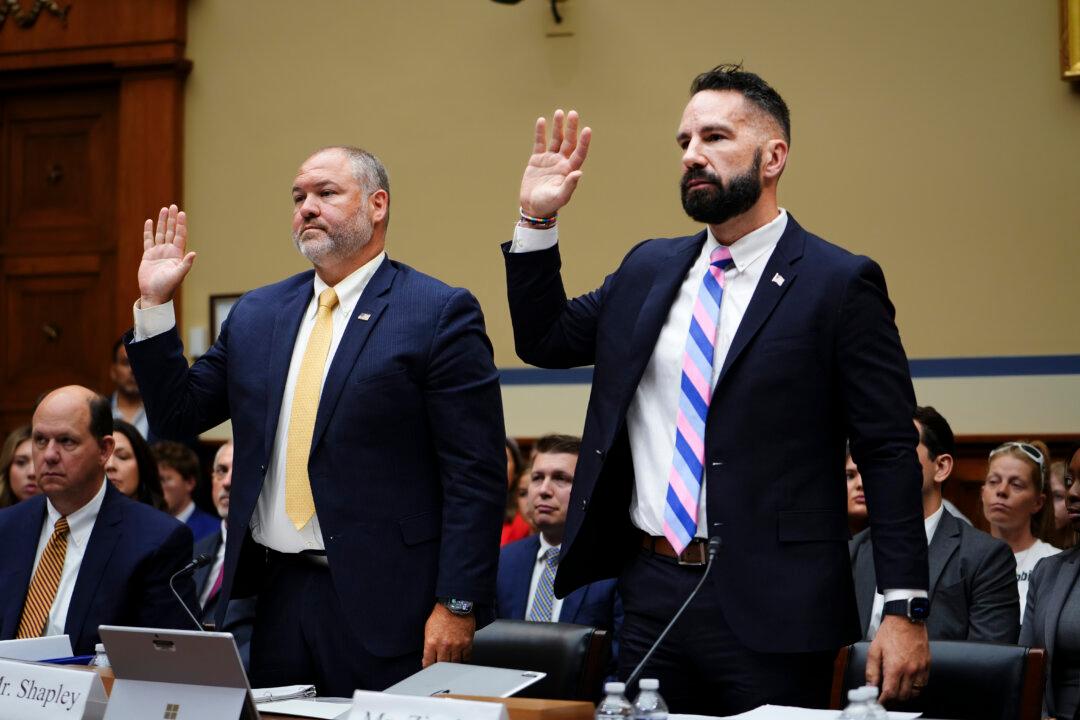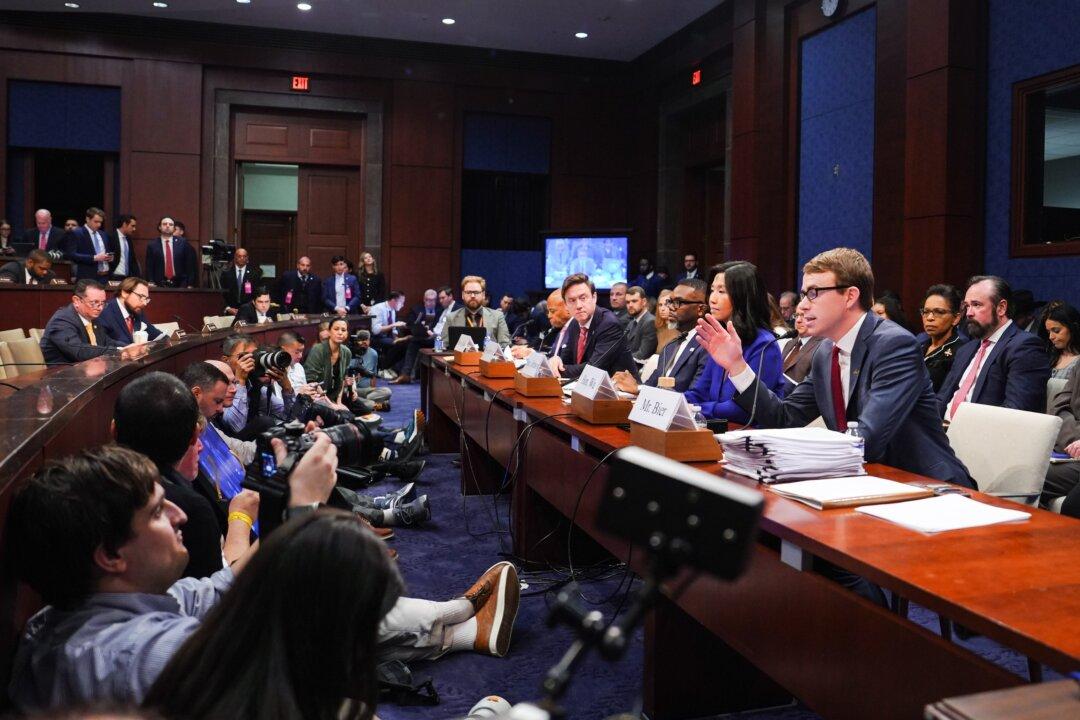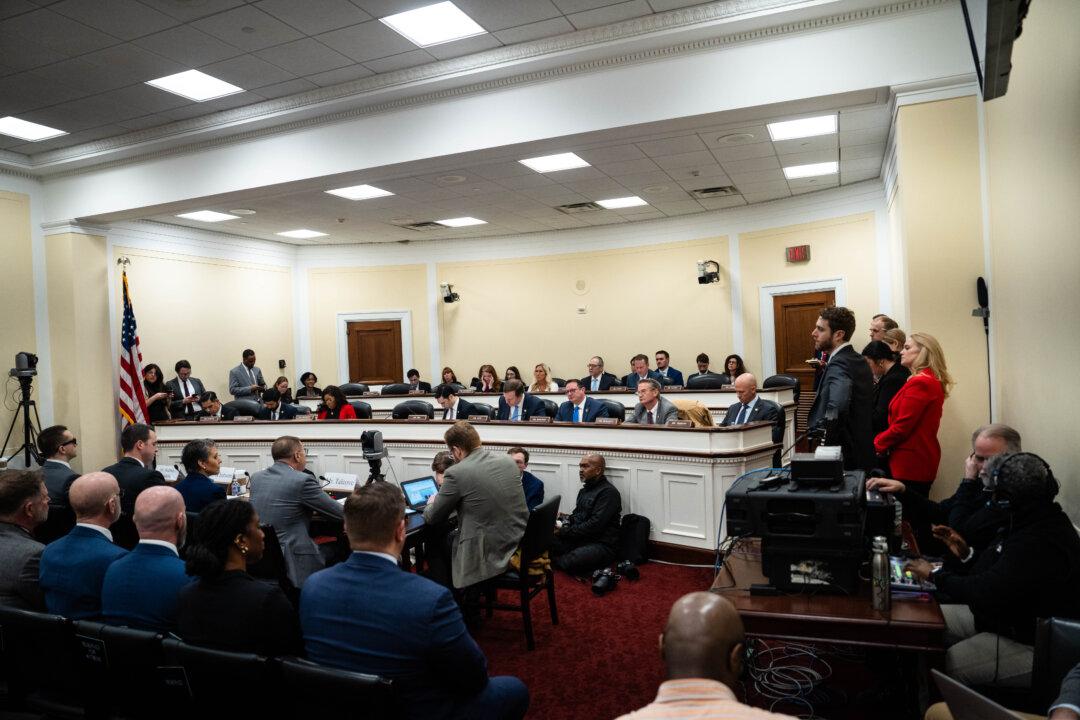WASHINGTON—Union pension funds unable to pay promised benefits to retirees would be bailed out by taxpayers under a Democratic plan that a Heritage Foundation retirement expert claims will only make the problem worse.
The Rehabilitation for Multiemployer Pensions Act of 2019 was approved by the House of Representatives in a 264–169 vote on July 24, with 29 Republicans joining 235 Democrats in voting for the measure, which was first introduced by Rep. Richard Neal (D-Mass.).





